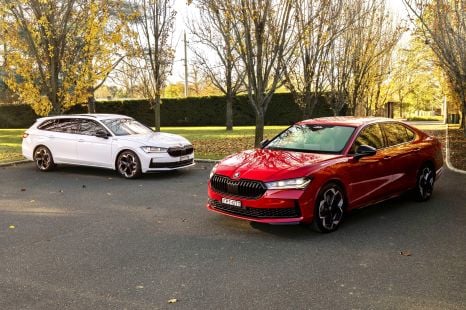

Max Davies
2025 Skoda Superb Sportline review
2 Months Ago

News Editor
Mazda Australia may have recently culled a chunk of its 3 and CX-3 lineups, but slower-selling variants of the Mazda 2 rangearen’t on the chopping block.
The company has committed to continuing to offer the updated Mazda 2 with a manual transmission and a sedan body style. The latter is notable in being the only three-box model in the local light car segment.
“For as long as I can, I’ll continue to make sure the manual model lives on in this car,” said Mazda Australia product planning specialist Timothy Leong.
The company has also confirmed it will “absolutely” continue to offer manual buyers the option of a three-pedal MX-5. It’s traditionally had a much more even split between manual and auto sales.
In the Mazda 2 range, the manual is available exclusively in the base Pure hatchback. Though the hatch is expected to account for around 90 per cent of sales in the updated range, the Pure manual is expected to account for just 13 per cent of Mazda 2 sales overall.

The sedan is expected to be even less popular: around 10 per cent of overall sales, two-thirds of which are projected to be the top-spec GT.
Mazda has carried over the lineup of the pre-update model. In contrast, the Mazda 3 lost its manual and mild-hybrid variants as part of an update this year, while the CX-3 lost its manual and all-wheel drive variants.
When asked whether this was part of a plan to rationalise all of Mazda’s lineups, Mr Doak said this wasn’t the case and cited a lack of demand.
“There’s no underlying strategy… if the market is there, and the demand is there, or if we’re hearing from our customer base, from our dealers or from prospects, that we’re not offering something, then if there’s a very good business case for it, we’ll bring it in,” said Mr Doak.
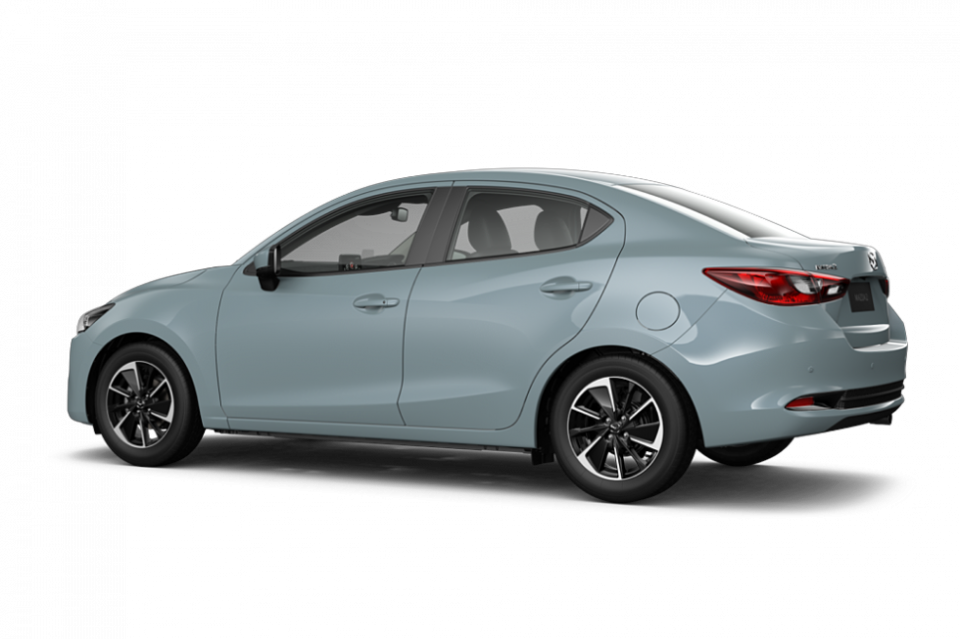
Even though the light car segment continues to decline in Australia, Mazda says the 2 is a “crucial part” of its lineup, particularly as it often serves as a customer’s entry into the Mazda brand – though it’s also a popular ‘last car’, as well as a downsized option for existing Mazda owners.
But while the Suzuki Baleno and Kia Rio, two of the segment’s best sellers, have been discontinued, Mazda isn’t expecting to massively increase its share of the segment.
“We’re on track to do another, around 5000 mark again. So again, decent business. And we know it’s an important entry point into our lineup,” said Mazda Australia national marketing director Alastair Doak.
“There are fewer and fewer cars in that segment. We haven’t gone into this with a plan to significantly change the position of the car within the segment.
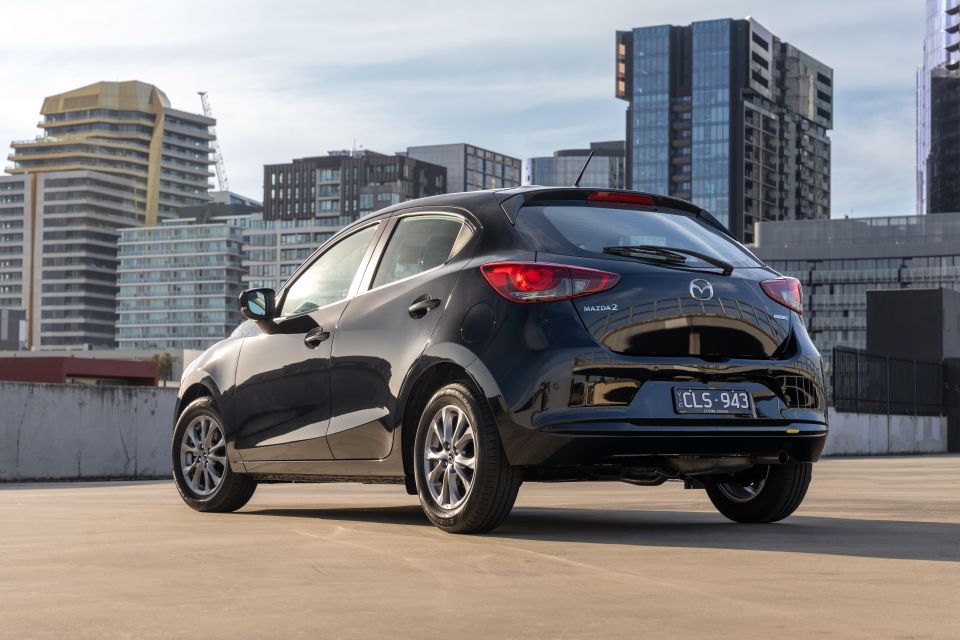
“We’re comfortable with the performance it has had, and around that 5000 level, but of course when we specced this update, we’re obviously looking to try and maximise the opportunity and maximise the appeal to the light car buyer.
“So if by default, that means we’ll sell more and… if other brands withdraw from this segment, then maybe that will give us an opportunity, but it’s not something that we’re actively chasing and thinking about.
“We’ve got our own plan and we’re comfortable with what we think we can achieve with the car.”
Mazda sold 5146 examples of the 2 hatch and sedan in 2022, up 23 per cent from its 4183-sale tally in 2021.
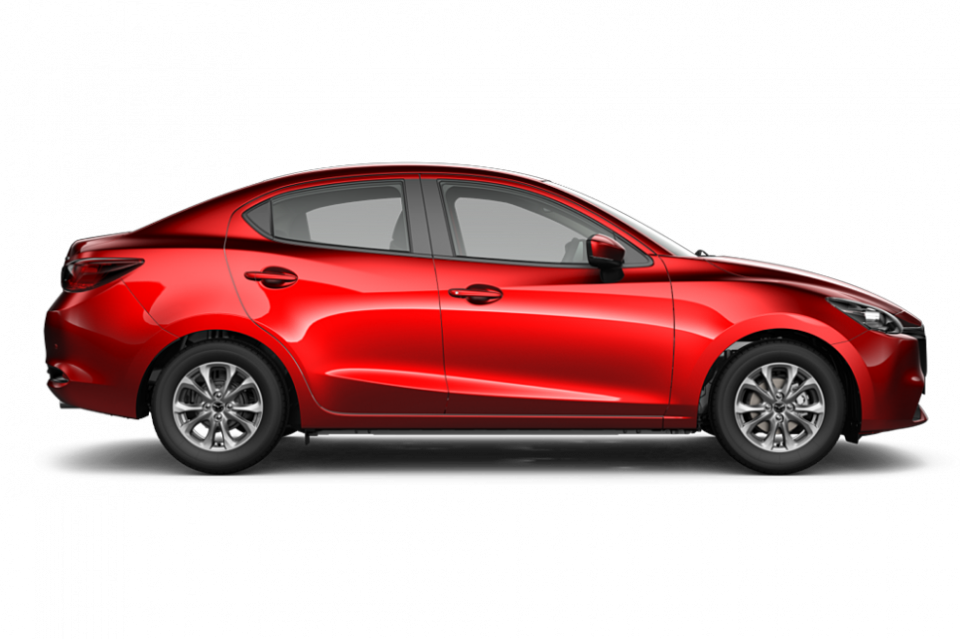
It was one of the few vehicles in the light car segment, which was down 2.7 per cent overall, to post an increase over the year before.
The others were the MG 3 (up 17.4 per cent to 16,168 sales), the defunct Suzuki Baleno (6124 sales, up 57.2 per cent) and the Suzuki Swift (4405 sales, up 6.6 per cent).
The MG 3 is plainly the segment leader in terms of sales, and to the end of August this year is accounting for a whopping 42.1 per cent share of the segment.
With the Kia Rio expiring this year, that will leave the Mazda 2 and Suzuki Swift jockeying for a (admittedly distant) second-place finish. The Swift is ahead at present, with 4615 sales against 3548 for the Mazda 2.
MORE: Everything Mazda 2
Where expert car reviews meet expert car buying – CarExpert gives you trusted advice, personalised service and real savings on your next new car.
William Stopford is an automotive journalist based in Brisbane, Australia. William is a Business/Journalism graduate from the Queensland University of Technology who loves to travel, briefly lived in the US, and has a particular interest in the American car industry.


Max Davies
2 Months Ago
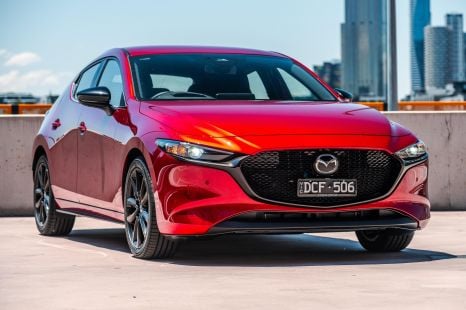

Josh Nevett
2 Months Ago
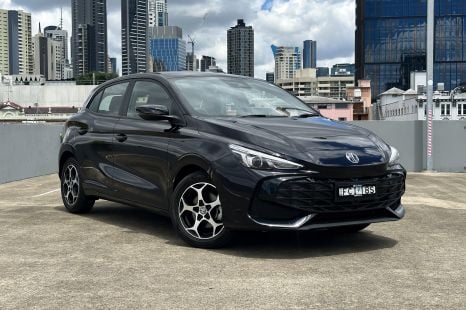

William Stopford
2 Months Ago


Josh Nevett
1 Month Ago


Josh Nevett
1 Month Ago


Matt Campbell
1 Month Ago